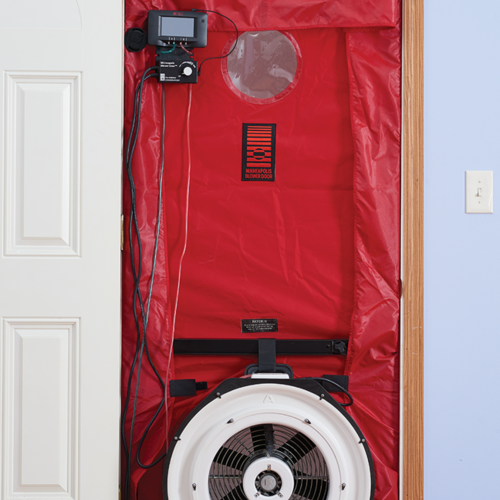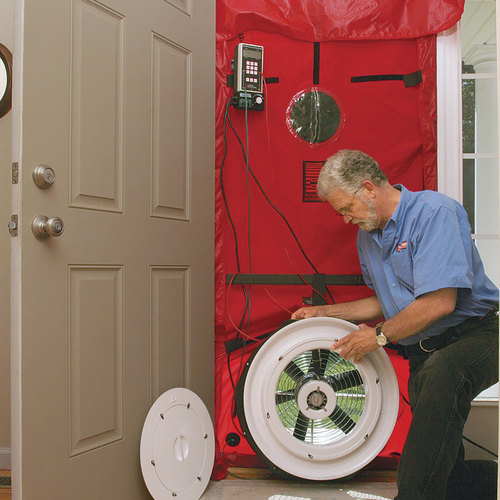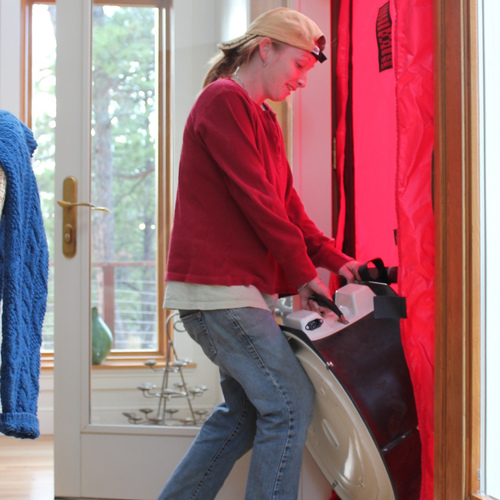
Image Credit: Don Jackson
The past several years have seen a flurry of activity on the home-energy front. Federal tax incentives and dozens of rebate programs have focused attention on cutting residential energy consumption. Energy audits are now common in many areas of the country, and building codes have stepped up insulation and air-sealing requirements, and are even beginning to require blower-door testing and duct-testing on new construction. Homeowners are more aware than ever of these trends, with more and more wishing to tighten their houses so that they can save money on their utility bills.
This isn’t unfamiliar territory for remodelers, many of whom already participate in programs that require third-party energy auditors to verify that a project is meeting reduction targets. With most programs, there’s typically a blower-door test before work begins and another one at the end of the job. Unfortunately, when it’s most needed—while workers are opening walls or probing the attic for air leaks—a blower door may not be available, at least not for free. If the goal is to tighten and insulate existing homes well enough to achieve meaningful energy savings, remodelers will need to do their own blower-door tests and thermal imaging. In addition, as long as they work in homes that have combustion appliances, they’re going to have to learn the basics of combustion safety (see sidebar below).
An integrated approach
A meaningful commitment to homeperformance diagnostics—including training and equipment—costs $10,000 to $20,000. Over time, a company’s investment in training—getting BPI (Building Performance Institute) or RESNET (Residential Energy Services Network) certifications, studying thermography, attending conferences for continuing education—will outstrip the cost of the equipment. Will the effort, however, make a meaningful contribution to a remodeler’s bottom line?
Weekly Newsletter
Get building science and energy efficiency advice, plus special offers, in your inbox.

This article is only available to GBA Prime Members
Sign up for a free trial and get instant access to this article as well as GBA’s complete library of premium articles and construction details.
Start Free TrialAlready a member? Log in














One Comment
Welcome DJ
Great to see his by-line out there again.
Log in or become a member to post a comment.
Sign up Log in